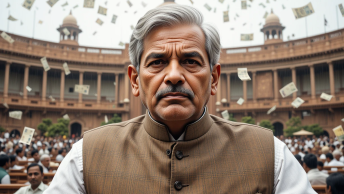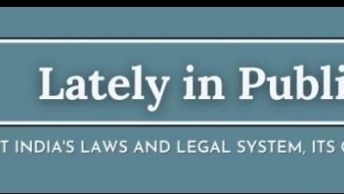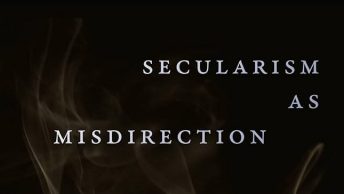The United Kingdom will get a new Supreme Court in late 2009 to replace the appellate committee of the House of Lords, as a result of the Constitutional Reform Act of 2005. The evolution of this British institution is well worth watching for anyone interested in Indian law.
In many ways the new Supreme Court will not be that different than the appellate committee of the House of Lords and the move is arising in large part to simply more clearly separate the highest authority in the judiciary away from the House of Lords and Parliament (a separation that has already existed in essence for many years, but is now being made more explicit). Yet, the highest UK judicial authority is also remaking itself beyond simply a new name – for example, it is getting additional jurisdiction that once resided in the privy council, a new appointment process, and a new home.
Since the Indian system has traditionally borrowed so much from the British, the current debates in Britain about how this new court will actually work have resonance in India too. For example, I found this article in the Times, that highlights how cases are assigned amongst the Law Lords, and how they might be in the new Supreme Court, on point for an Indian audience as well:
. . . There remains a host of other issues, as outlined by the seminar chairman, Andrew Le Sueur, Professor of Public Law at Queen Mary, in his booklet on the seminars. How, for instance, should the judges be chosen for each appeal or for deciding on leave to appeal? What kind of work will the new court take on — for instance, will it hear more constitutional or human rights cases? What cases should be allotted to what size of panel? Finally, which lower courts should be able to grant leave for litigants to go to the supreme court?
Astonishingly, even the law lords admitted that they do not know how they are selected for specific cases. Baroness Hale of Richmond said judges did not know their cases until after the “horses for courses” meeting by the senior and deputy senior law lords.
There was a consensus that however it is done, the method should be transparent: some judges would need to be chosen for their expertise in a given case; but after that, Lord Pannick said, random selection, “like the national lottery”, would seem to be the fairest method.
In India, it is also unclear (including probably to many judges) how all the cases are assigned (my limited understanding is that most cases are assigned off by computer (with justices being able to give some preference on types of cases they take or do not), and the Chief Justice able to step in to assign important cases – such as constitutional matters – to whoever they like, or to let the case remain unheard for years on end). I’m not sure if this opaqueness has British roots, but certainly the debate in Britain is relevant in India.
In the UK, how cases are given out amongst judges, the style of opinions, and even whether judgments will be televised are all questions up in the air right now. Given the historical connections between the Indian and UK judiciaries it will be informative to see which aspects in their own system the British identify as weaknesses and how they go about remedying them. This is no blueprint for judicial reform in India, but neither are these debates something that should be ignored as entirely foreign.





